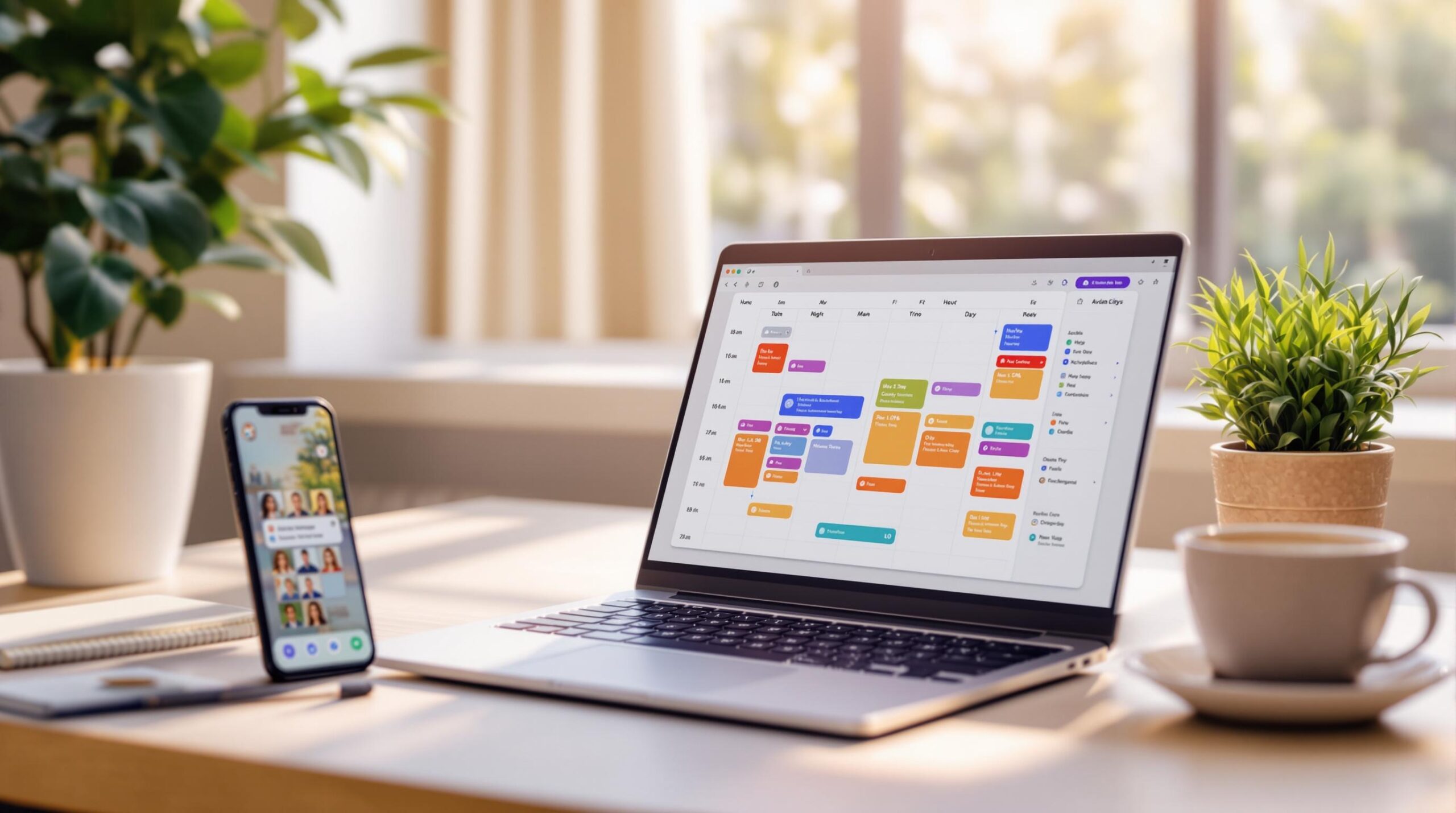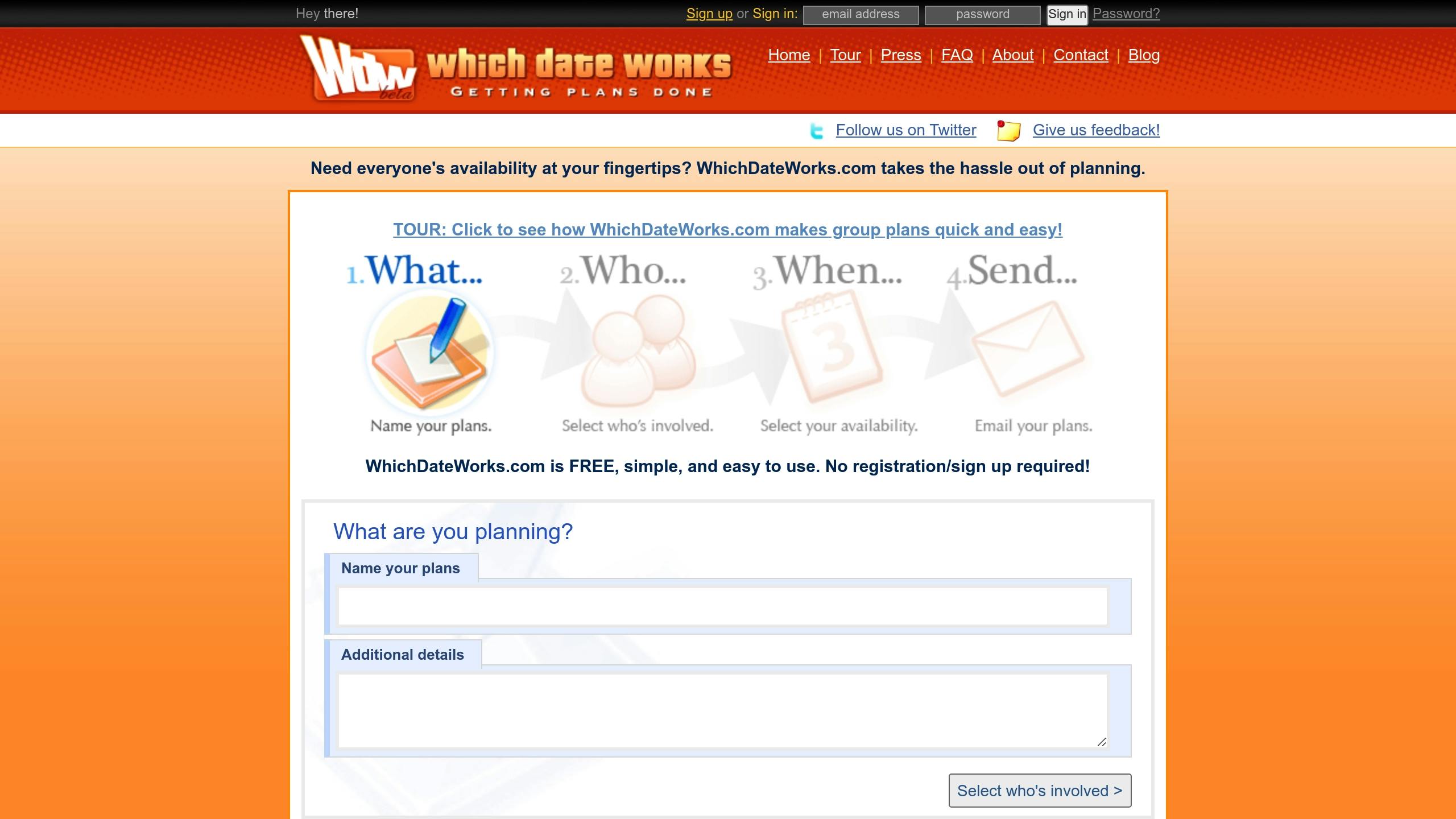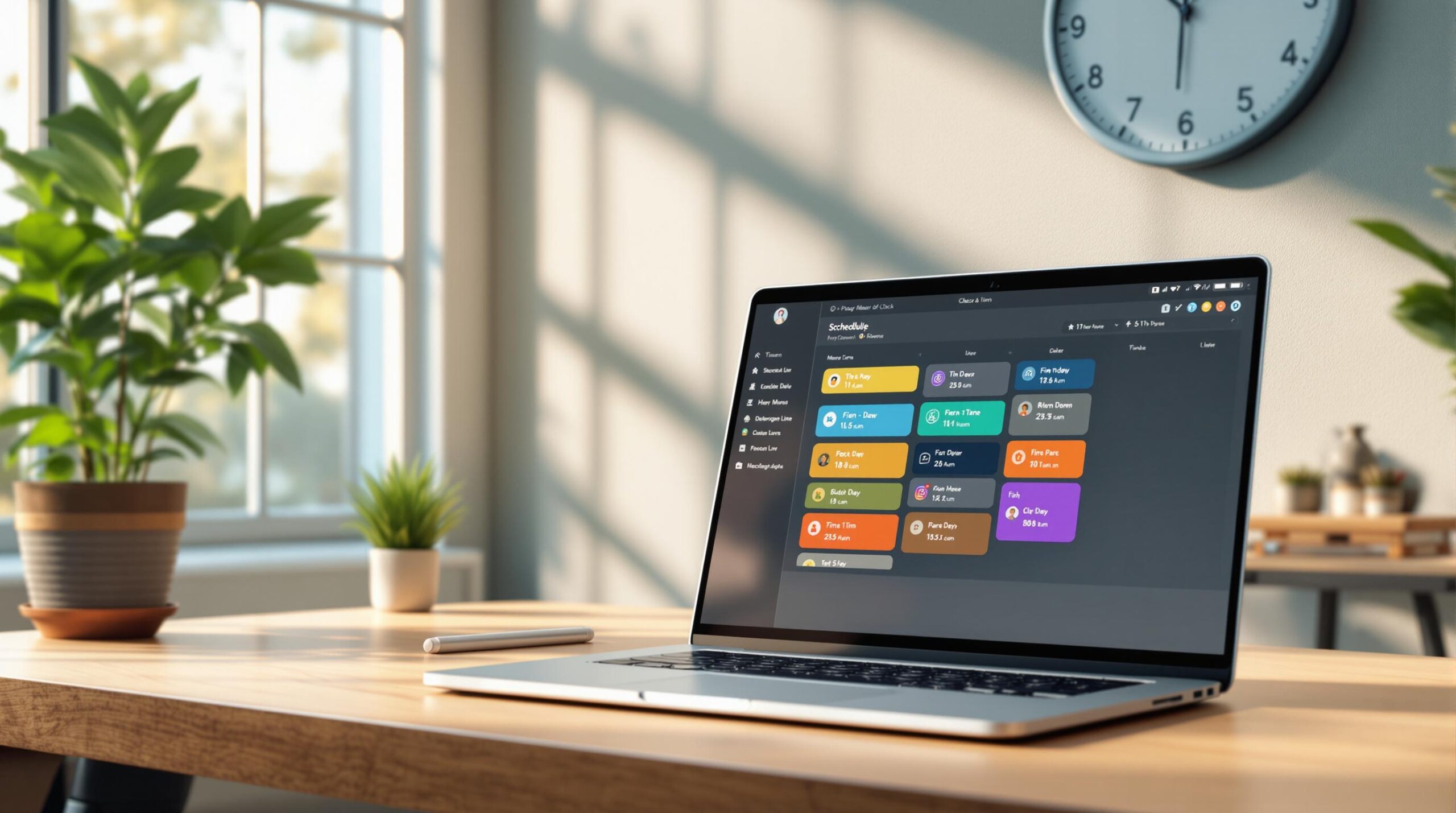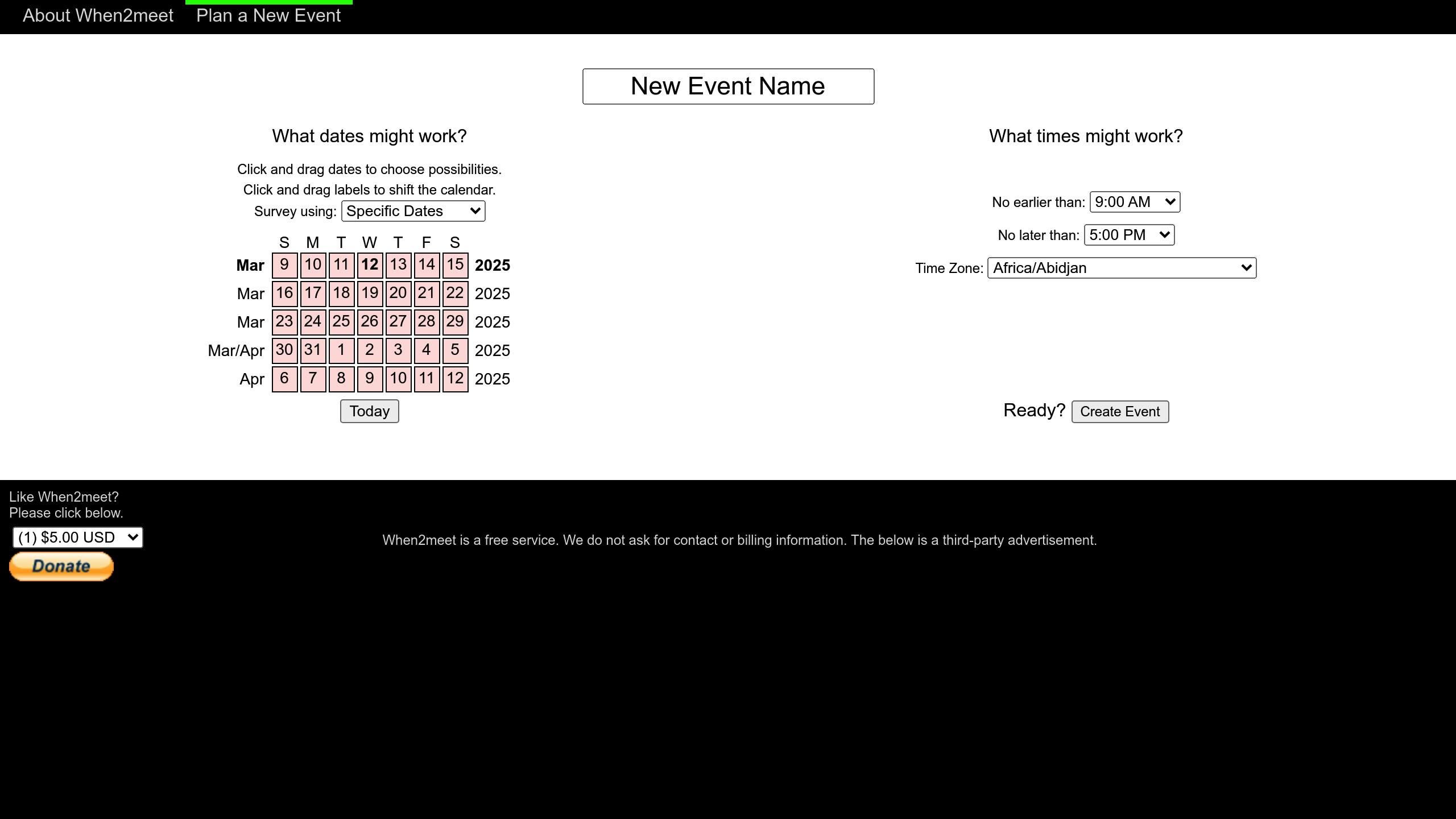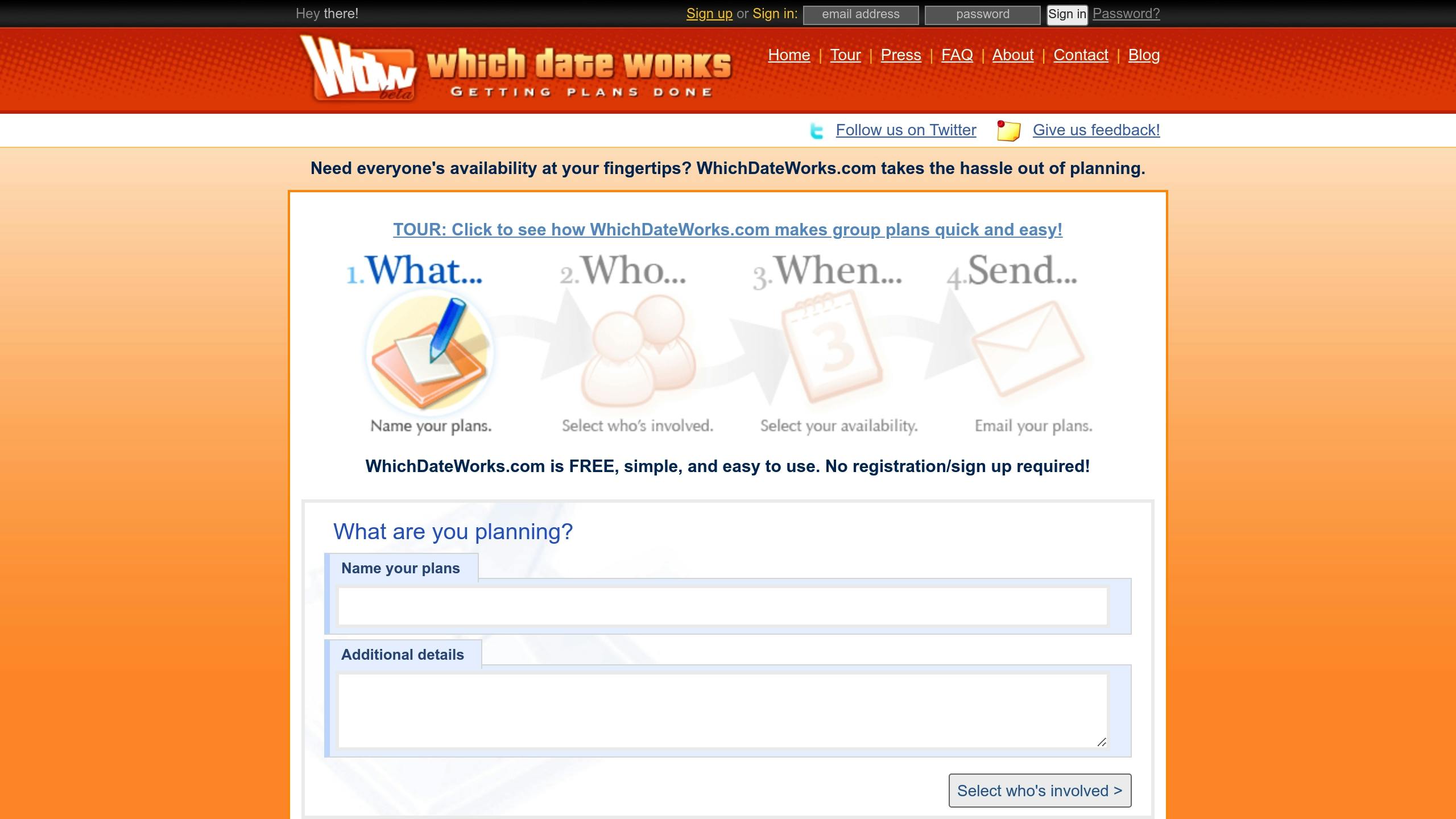Understanding Team Collaboration: Success Strategies Successful teams are built on effective communication. If you stop to think about it, every interaction you have with your coworkers, whether it’s a brief conversation in the break room or a thorough email, shapes the dynamics of your workplace. An atmosphere where ideas can flow freely, misunderstandings are reduced, & everyone feels appreciated is fostered by clear communication. Your relationships & general productivity may both improve when you take the time to express your ideas clearly & actively listen to others. Also, communication is about developing rapport and trust, not just sharing information.
Key Takeaways
- Effective communication is crucial for successful teamwork and project management.
- Scheduling tools and software can help streamline processes and improve efficiency.
- Prioritizing tasks and delegating responsibilities can help manage workload effectively.
- Flexibility and adaptability are essential for navigating unexpected challenges and changes.
- Establishing clear expectations and deadlines can help keep everyone on the same page and accountable.
- Holding regular team meetings can facilitate collaboration and keep everyone informed and aligned.
- Seeking feedback and input from team members can lead to valuable insights and improvements.
- Finding a balance between work and personal life is important for overall well-being and productivity.
Open communication fosters a safe environment where team members can voice their ideas and worries. A more cohesive team environment and creative solutions may result from this transparency. You might find that your coworkers are more inclined to share their insights when you promote conversation, creating a more diverse pool of ideas & viewpoints that can advance your projects.
In the fast-paced workplace of today, time management skills are essential. You might discover that your team’s productivity is greatly increased by using scheduling software & tools. Asana, Trello, & Google Calendar are a few examples of tools that let you set deadlines, manage tasks, and keep everyone in sync.
By incorporating these tools into your daily routine, you can make sure that everyone is aware of what needs to be done when and streamline communication. The confusion of conflicting obligations can also be avoided with the aid of scheduling software. This reduces downtime and increases productivity by making it simple to see when team members are available for meetings or collaborative sessions. You and your team can concentrate on what really matters—producing excellent work on time—by utilizing these digital resources.
Maintaining momentum as a team leader or member requires knowing how to prioritize tasks. You may discover that not all tasks are equally important; some can wait, while others are urgent. Your resource allocation will be more efficient if you can determine which tasks need to be completed right away. Setting priorities gives your team a clear path forward and aids in workload management. An additional crucial component of productive teamwork is delegation.
The temptation to do everything yourself may be strong, but doing so can result in burnout & lower productivity. Instead, when assigning tasks, take into account each team member’s abilities and strengths. Effective delegation not only relieves your own workload but also gives your coworkers the confidence to assume responsibility for their tasks. Within the team, this strategy promotes professional development and a sense of accountability. Adaptability and flexibility are critical qualities that can make or break a project in any collaborative setting.
You might run into unforeseen difficulties or a change in course that calls for a swift change of course. You can react to these circumstances skillfully without losing sight of your objectives if you adopt a flexible mindset. You foster an environment that is conducive to innovation when you maintain an open mind to fresh concepts & methods.
Also, being adaptable entails more than just managing change; it also entails being open to criticism and taking lessons from past mistakes. Encouraging your team to express their opinions on procedures or results may yield insightful information that can enhance subsequent initiatives. You can improve your team’s resilience and set them up for long-term success by cultivating an adaptable culture. To make sure that everyone on your team is aware of their roles and responsibilities, it is essential to establish clear expectations. Clarifying expectations for each participant reduces misunderstandings and focuses efforts on shared goals.
You might want to think about writing thorough project briefs or guidelines that specify precise duties, due dates, and intended results. Everyone is able to remain accountable & focused thanks to this clarity. Maintaining momentum also heavily relies on deadlines. Setting reasonable deadlines for project milestones helps your team stay on course while allowing for any deviations that may be required.
Regular check-ins about how you’re doing in relation to these deadlines may help you stay motivated and make sure that any possible obstacles are dealt with right away. Effective collaboration requires regular team meetings. These get-togethers give everyone a chance to connect, exchange updates, & talk about any difficulties they may be having. Whether these meetings are held weekly or biweekly, you may find that sticking to a regular schedule helps establish a routine that keeps everyone informed and involved. The goal of these meetings is to create a welcoming atmosphere where everyone’s opinions are valued.
Encourage everyone on the team to contribute by posing open-ended questions and soliciting opinions on a range of subjects. Diverse viewpoints can spark more insightful conversations and creative solutions, you might find. Recognizing individual contributions creates a sense of belonging within the team, which is another way that using these meetings as a platform for recognition can improve morale. Feedback is an effective tool for team dynamics to grow and improve.
Actively soliciting feedback from your team members shows that you value their knowledge & perspectives as a leader or colleague. To get everyone’s opinions on procedures, projects, or even team dynamics, you might think about holding frequent feedback sessions. This approach fosters a culture of constant improvement in addition to improving communication.
Also, it is equally crucial to be open to receiving feedback. The team gains trust when you demonstrate that you are prepared to hear what others have to say & adapt your plans accordingly. You might discover that this candor results in more direct discussions and, in the end, improves team dynamics. A culture of cooperation that promotes success is established by cultivating an atmosphere where criticism is valued and taken into consideration. The significance of preserving a good work-life balance can be easily overlooked in the rush for career success.
Maintaining long-term productivity and job satisfaction may require you to put your personal well-being first. You can boost morale and lower burnout by encouraging your team members to take breaks, take advantage of their vacation time, and unplug after work. Setting a good example for your coworkers by exhibiting this balance yourself is also beneficial. Their perception that both work and personal time are crucial for general wellbeing is strengthened when they witness you appreciating both. You could think about introducing wellness programs or flexible work schedules for your employees to help encourage this balance even more. By placing equal importance on work & personal life, you foster an atmosphere where everyone can succeed on both fronts.
To sum up, developing teamwork skills necessitates deliberate tactics that promote efficient communication, planning, flexibility, & wellbeing. A more productive and peaceful workplace can be achieved by actively incorporating these components into your everyday interactions with coworkers & realizing their significance. Accept these methods as part of your journey toward collaboration, and observe the success of your team as it develops.
If you’re struggling with conflicting schedules in your team, you may also find this article on the ultimate guide to planning virtual team meetings helpful. It offers tips and strategies for coordinating schedules and ensuring productive virtual meetings for your team.
FAQs
What are conflicting schedules in a team?
Conflicting schedules in a team occur when team members have different availability or commitments that make it difficult to coordinate meetings, projects, or other collaborative efforts.
Why is it important to handle conflicting schedules in a team?
Handling conflicting schedules in a team is important to ensure effective communication, collaboration, and productivity. It helps to avoid misunderstandings, missed deadlines, and frustration among team members.
What are some strategies for handling conflicting schedules in a team?
Some strategies for handling conflicting schedules in a team include using scheduling tools, establishing clear communication channels, being flexible with meeting times, and prioritizing tasks based on team members’ availability.
How can team members communicate their availability effectively?
Team members can communicate their availability effectively by using shared calendars, scheduling software, or simply sharing their availability and commitments with the team. It’s important for team members to be transparent about their schedules to facilitate coordination.
What role does leadership play in managing conflicting schedules in a team?
Leadership plays a crucial role in managing conflicting schedules in a team by setting clear expectations, facilitating communication, and making decisions that take into account the availability and commitments of team members. Leaders can also help to resolve conflicts and prioritize tasks based on the team’s schedule.



